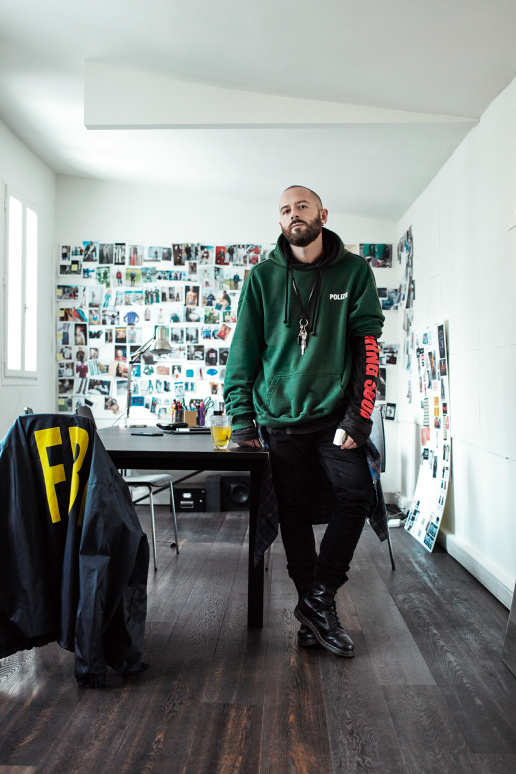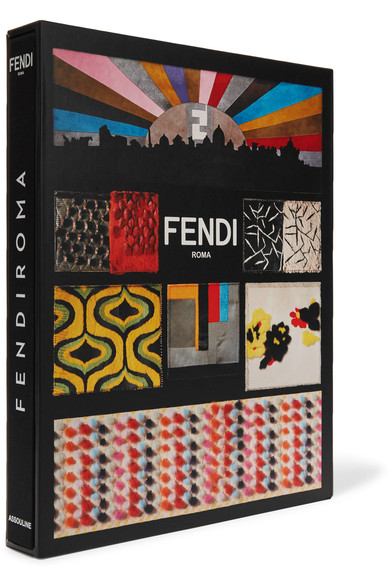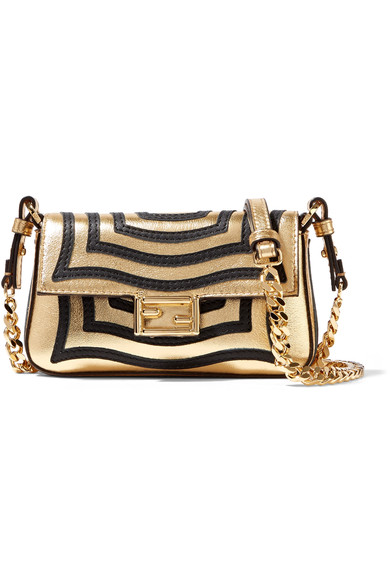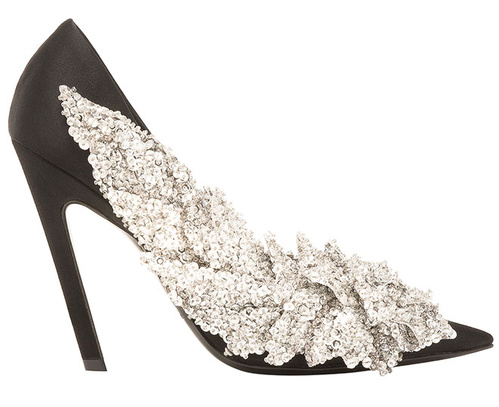PARIS, France — Up until now, much of the attention on Vetements, the design collective led by Demna Gvasalia, has focused on the creative earthquake the brand orchestrated in Paris over the past few seasons, with a product-focused approach rooted in digital culture and a raw, unpolished aesthetic, and buzzy fashion shows held at Le Depot, a famous sex club, and Le Président, an off-piste Chinese restaurant.

But Gvasalia, together with his brother Guram who acts as chief executive, is not stopping at creative provocation alone. Starting this year, they plan to roll out a completely different operating model designed to streamline the production cycle, take advantage of pre-collection timing and elevate the creative output of their fledgling label. Here, we learn how and why they think it is going to work.
Imran Amed: How did you first get interested in fashion?
Demna Gvasalia: Well, I grew up in Soviet times in Georgia, which meant that me and my friends, we all had the same clothes. It was such a unified society that was deprived of information and of many things, which probably pushed me from early on to discover certain excitement in things that I didn’t know.
Then we had the civil war in Georgia, where we had to leave the place where I grew up. We had this gypsy lifestyle for around 7 years, finally moving to Germany. So, I really had to adapt to a lot of situations and people within a short period of time, to be adaptable, to know how to integrate.
I really wanted to study fashion at the time — it was my ideal, but in Georgia people didn’t really believe fashion was a profession, and especially, it was not a profession for a guy to study. It was some weird, capricious thing for rich kids and was not considered a job.
I moved to Düsseldorf because my family moved there, and studied International Economics in Georgia. I was supposed to start working at a bank in Germany but that prospect was so depressing. I realised that I would be the most unhappy person in the world.
So, I went to Antwerp to try and enter the Academy there. I didn’t really know much about it and the whole Belgian avant-garde that had happened. I went literally because it was the only school I could afford. At the time it was 500 or 600 euros a year, I think because it was a state-owned school. That’s how I got to Belgium and studied fashion.
IA: But it sounds like you were interested in fashion from the beginning.
DG: I was interested in fashion, I just didn’t know much. Some people came to Antwerp and knew everything. At the entrance exam, one of the panel asked me who I knew from the Belgian generation of fashion designers and I just said Dries van Noten because that was the only name I actually knew and could pronounce. The person who asked me that was Walter van Beirendonck, who was part of the Antwerp Six. To me, he was just a weird guy with a beard and rings. He ended up being one of my teachers and I actually worked with Walter after I finished at the Academy.


